magine a plate of creamy pasta where tender asparagus and crispy pancetta come together in perfect harmony. This Creamy Pasta with Asparagus and Bacon is rich, satisfying, and unbelievably flavorful - yet incredibly easy to make. Every bite is infused with a velvety béchamel sauce, laced with Parmesan for that irresistible touch of sharpness, and balanced by the nutty, vibrant flavor of freshly blanched asparagus. With a hint of garlic and crispy pancetta bits in every bite, this dish feels like a restaurant-worthy meal made effortlessly in your own kitchen. Perfect for a cozy date night or a quick dinner treat, this pasta will make your taste buds dance with delight. The best part? You can have it ready in just over half an hour. It’s comfort food at its finest, made with a touch of elegance and simplicity. Treat yourself to this indulgent yet easy-to-prepare pasta dish - t’s sure to become a new favorite in your dinner rotation!
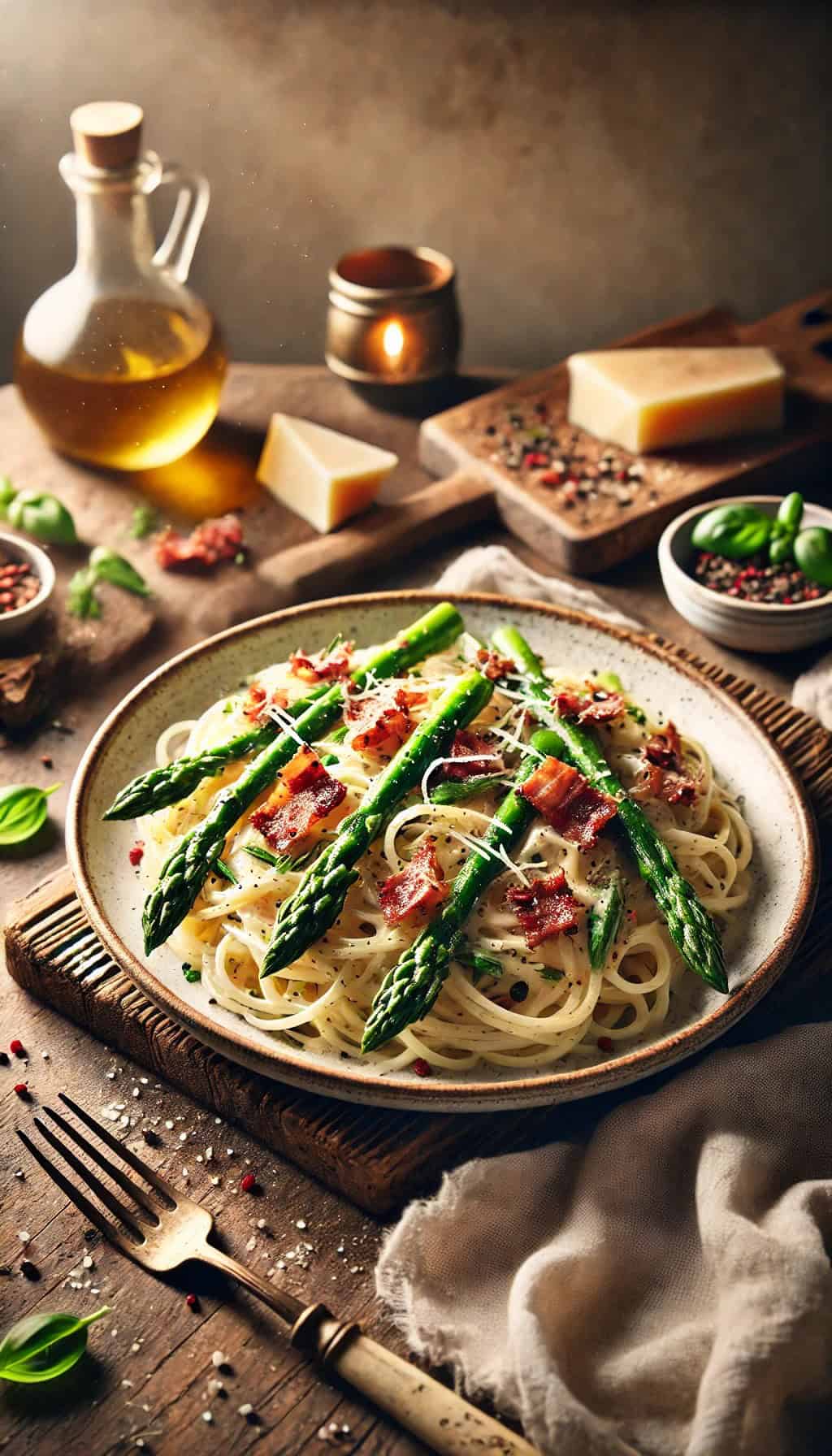
Table of Contents
ToggleCreamy Asparagus Pasta: A Comforting Recipe with Croatian Roots
I have to admit, I have a soft spot for asparagus - it’s my favorite vegetable, and growing up in Croatia, I had the chance to eat wild asparagus regularly. It was something we’d forage in the spring, and its unique, slightly earthy and bitter flavor is something I’ll never forget. These days, living in Australia, I can’t always find asparagus, but store-bought asparagus is still a delicious substitute that brings back fond memories.
This Creamy Pasta with Asparagus and Bacon recipe is one of those dishes that feels like a big, warm hug. The creamy béchamel sauce with Parmesan adds richness, while the pancetta gives it that extra savory punch. It’s a dish that feels fancy but is easy enough to make any night of the week. If you love asparagus as much as I do, you’ve got to try some of my other favorite recipes, like Asparagus and Leek Soup, Asparagus and Onion Tart, or even the refreshing Asparagus and Avocado Salad for something lighter.
This pasta is perfect for a special dinner but still quick and simple enough for a weeknight meal. Enjoy every bite!
Best,
Ana
P.S. You can follow me on Instagram for a behind-the-scenes look at my life in Melbourne. I have an "old-fashioned" page - no fancy Reels, just me and my family living our best life. Come and join us if you like!
Ingredients for Creamy Pasta with Asparagus and Bacon
- Spaghetti: A classic pasta that pairs perfectly with creamy sauces, providing a satisfying, al dente bite.
- Asparagus: Fresh, green asparagus brings a crisp texture and earthy flavor, balancing the rich sauce.
- Pancetta: Adds a salty, savory bite with a hint of smokiness, enhancing the pasta's flavor.
- Butter: Gives the sauce a creamy, luscious base and helps develop the roux.
- All-purpose flour: Thickens the sauce, creating a velvety, smooth texture.
- Milk: The base of the béchamel sauce, lending creaminess and mild flavor.
- Garlic: Adds a fragrant depth to the dish, infusing the sauce with a touch of savory warmth.
- Parmesan cheese: Sharp, nutty, and salty, Parmesan gives the sauce an extra layer of richness.
- Salt and black pepper: Essential seasonings that enhance and balance all the flavors.
- Nutmeg (optional): A subtle hint of spice that complements the creaminess of the sauce.
- Olive oil: Used for cooking the pancetta, adding richness and helping to crisp it up.
- Fresh parsley or basil (for garnish): A vibrant touch that adds color and freshness to the final dish.
Can I use frozen asparagus?
Yes, you can use frozen asparagus. Just thaw and pat them dry before adding them to the recipe. Fresh asparagus is best for flavor and texture, but frozen is a good substitute.
How can I thin out the sauce if it’s too thick?
Use the reserved pasta cooking water. The starchy water helps loosen the sauce while keeping it creamy and well-seasoned.
Can I make this ahead of time?
It’s best enjoyed fresh, but you can prepare the béchamel sauce and cook the asparagus in advance. Simply reheat and combine with freshly cooked pasta when you’re ready to serve.
What can I use if I don’t have pancetta?
You can use bacon or prosciutto as substitutes. Both will give a similar savory flavor to the dish.
How do I reheat leftovers?
You can reheat the pasta in a pan over low heat. Add a splash of milk or reserved pasta water to bring the sauce back to its creamy consistency
How to Make Creamy Pasta with Asparagus and Bacon
- Blanch the Asparagus: Bring a large pot of salted water to a boil. Add the asparagus and blanch for 2-3 minutes until tender but still crisp. Remove the asparagus with a slotted spoon and immediately place it in ice water to stop the cooking process. Keep the pot of water boiling.
- Cook the Spaghetti: Using the same water you used to blanch the asparagus, add the spaghetti and cook according to package instructions until al dente. This will add more flavor to the pasta. Before draining the spaghetti, reserve 1 cup of the cooking water, then drain the pasta and set it aside.
- Cook the Pancetta: In a large pan, heat the olive oil over medium heat. Add the diced pancetta and cook for 4-5 minutes until crispy. Remove the pancetta from the pan and set it aside, leaving the pancetta fat in the pan.
- Make the Béchamel Sauce: In the same pan where the pancetta was cooked, add the butter and minced garlic. Sauté for 1-2 minutes until fragrant. Stir in the flour to make a roux, cooking for about 1 minute while stirring continuously.
- Add the Milk: Gradually whisk in the milk, stirring constantly to avoid lumps. Cook the sauce for about 5 minutes until it thickens. Season with salt, black pepper, and a pinch of nutmeg if desired. If the sauce becomes too thick, stir in some of the reserved pasta cooking water, a little at a time, to reach the desired consistency.
- Add Parmesan and Pancetta: Remove the saucepan from heat and stir in the grated Parmesan cheese until melted and smooth. Then, add the cooked pancetta back into the sauce.
- Toss the Pasta: Add the cooked spaghetti and blanched asparagus to the pan with the béchamel and pancetta sauce. Toss everything gently, adding more pasta water if needed to ensure the sauce coats the pasta and asparagus evenly.
- Serve: Divide the asparagus pasta between two plates. Garnish with fresh parsley or basil, and extra Parmesan if desired.
- Dobar tek!
Ultimate Guide: What to Serve with Creamy Pasta with Asparagus and Bacon
Serving Suggestions
- Simple Green Salad: A refreshing green salad with a light vinaigrette balances the creaminess of the pasta. Try mixed greens with arugula, cucumber, cherry tomatoes, and a lemon vinaigrette.
- Garlic Bread or Focaccia: A side of warm, crusty garlic bread or focaccia is perfect for mopping up the creamy sauce.
- Roasted Vegetables: Roasted cherry tomatoes or a medley of seasonal vegetables (like zucchini, bell peppers, and mushrooms) bring out fresh flavors that complement the pasta.
- Caprese Salad: Tomatoes, fresh mozzarella, and basil drizzled with balsamic glaze add a burst of flavor and pair beautifully with the Parmesan and asparagus notes.
- Steamed Broccolini or Green Beans: Lightly steamed greens add a pop of color and freshness to round out the meal.
Wine and Drink Pairings
- White Wine – Sauvignon Blanc or Pinot Grigio: The acidity in these wines cuts through the richness of the sauce while enhancing the asparagus flavor. Sauvignon Blanc, in particular, pairs well with the fresh, green notes of asparagus.
- Chardonnay: For a creamier match, choose a lightly oaked Chardonnay. It complements the sauce’s richness without overpowering the delicate flavors.
- Rosé: A dry rosé adds a fruity contrast, balancing the cream and bacon flavors while staying light and refreshing.
- Sparkling Water with Lemon: For a non-alcoholic option, try sparkling water with a lemon wedge for a refreshing palate cleanser.
- Light Sparkling Wine or Prosecco: A bubbly choice like Prosecco adds a touch of sweetness and lightness, cutting through the creamy sauce while making the meal feel celebratory.
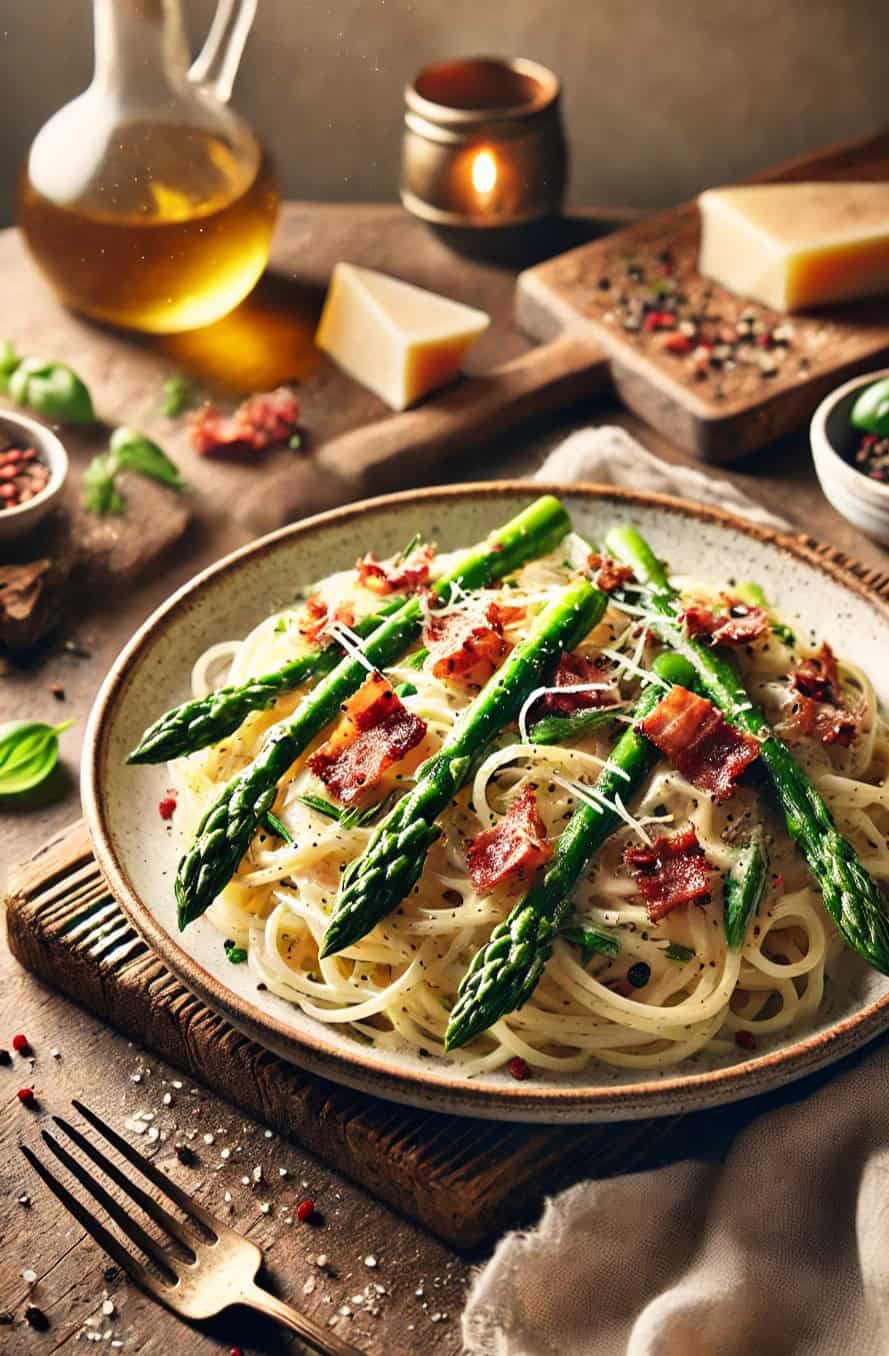
Recipe Variations
- Lemon Garlic Shrimp Pasta: Swap the pancetta for a handful of sautéed shrimp, adding a splash of lemon juice and extra garlic for a bright, zesty twist.
- Mushroom and Spinach Creamy Pasta: Replace or add to the asparagus with mushrooms and fresh spinach for earthy, hearty flavors that pair beautifully with the creamy sauce.
- Chicken and Sun-Dried Tomato Pasta: Add cooked, diced chicken and sun-dried tomatoes to give the dish a slightly smoky, tangy flavor.
- Pesto Infused Creamy Pasta: Stir in a tablespoon or two of pesto to the béchamel sauce for an herby, basil-forward version that adds a touch of green and extra richness.
- Four-Cheese Asparagus Pasta: For extra indulgence, add a mix of shredded cheeses like mozzarella, Gruyère, and a touch of Gorgonzola to the Parmesan, creating a super creamy, four-cheese delight.
- Spicy Chorizo and Asparagus Pasta: Substitute the pancetta with diced chorizo and add a sprinkle of red pepper flakes to bring a spicy kick and a smoky depth to the dish.
- Vegetarian Spring Pea and Mint Pasta: Omit the bacon and add spring peas and fresh mint along with the asparagus for a light, vegetarian pasta full of springtime flavors

Creamy Pasta with Asparagus and Bacon
Ingredients
- 1 bunch (about 180g) fresh asparagus trimmed and cut into 2-inch pieces
- 150 g spaghetti or pasta of your choice
- 1 tbsp olive oil
- 100 g pancetta diced
- 2 tbsp butter
- 2 cloves garlic minced
- 1 tbsp all-purpose flour
- 1 cup regular milk
- 1/3 cup Parmesan cheese grated
- salt to taste
- black pepper to taste
- Pinch of nutmeg optional
For garnish, optional:
- Fresh parsley or basil chopped
Instructions
- Blanch the Asparagus: Bring a large pot of salted water to a boil. Add the asparagus and blanch for 2-3 minutes until tender but still crisp. Remove the asparagus with a slotted spoon and immediately place it in ice water to stop the cooking process. Keep the pot of water boiling.
- Cook the Spaghetti: Using the same water you used to blanch the asparagus, add the spaghetti and cook according to package instructions until al dente. This will add more flavor to the pasta. Before draining the spaghetti, reserve 1 cup of the cooking water, then drain the pasta and set it aside.
- Cook the Pancetta: In a large pan, heat the olive oil over medium heat. Add the diced pancetta and cook for 4-5 minutes until crispy. Remove the pancetta from the pan and set it aside, leaving the pancetta fat in the pan.
- Make the Béchamel Sauce: In the same pan where the pancetta was cooked, add the butter and minced garlic. Sauté for 1-2 minutes until fragrant. Stir in the flour to make a roux, cooking for about 1 minute while stirring continuously.
- Add the Milk: Gradually whisk in the milk, stirring constantly to avoid lumps. Cook the sauce for about 5 minutes until it thickens. Season with salt, black pepper, and a pinch of nutmeg if desired. If the sauce becomes too thick, stir in some of the reserved pasta cooking water, a little at a time, to reach the desired consistency.
- Add Parmesan and Pancetta: Remove the saucepan from heat and stir in the grated Parmesan cheese until melted and smooth. Then, add the cooked pancetta back into the sauce.
- Toss the Pasta: Add the cooked spaghetti and blanched asparagus to the pan with the béchamel and pancetta sauce. Toss everything gently, adding more pasta water if needed to ensure the sauce coats the pasta and asparagus evenly.
- Serve: Divide the asparagus pasta between two plates. Garnish with fresh parsley or basil, and extra Parmesan if desired.
- Dobar tek!
For the Curious Foodie
The Elegant Asparagus: A Green Gem with Ancient Roots
Asparagus, with its long green spears and delicate tips, has been a beloved vegetable for thousands of years. This elegant plant, native to the Mediterranean and parts of Asia, was cultivated by the ancient Egyptians and Romans for its unique flavor and health benefits. Known for its tender, slightly bitter taste and crisp texture, asparagus has long been associated with the arrival of spring, when the plant’s first spears emerge and are harvested.
Today, asparagus grows worldwide but is especially abundant in Europe, the United States, and Asia. In many places, it remains a springtime delicacy, valued for its vibrant green color, distinctive taste, and versatility in various cuisines.
Growing Asparagus: Patience Pays Off
Growing asparagus is a long-term commitment, as it can take up to three years from planting to harvest! However, the wait is worth it; once established, an asparagus plant can produce spears for 15 to 20 years. Asparagus is typically grown in sandy soil and requires a lot of sunlight, making it well-suited to Mediterranean and temperate climates. Spring is the main harvest season when asparagus plants send up new shoots, known as spears, which are quickly harvested before they mature into ferns.
Green asparagus is most common in North America and Europe, while white asparagus, which is grown underground and shielded from sunlight to prevent chlorophyll from developing, is popular in Germany and parts of France.
Fun Fact: Asparagus and… Your Sense of Smell?
Did you know that asparagus has a funny connection to our sense of smell? When we eat asparagus, our bodies break down sulfur compounds that can cause a distinctive odor in urine. However, not everyone can detect this scent! It turns out that certain people have a genetic ability to smell these compounds, while others are blissfully unaware of them. Whether you notice it or not, this quirky trait doesn’t take away from asparagus’s deliciousness or its place in cuisine around the world.
Author
-
Welcome to my culinary haven! My name is Ana, and I'm the passionate voice behind World Cuisines Network. Here, I share recipes that have not only won the approval of my family but have also stood the test of time in our kitchen. My goal is to introduce the rich tapestry of global flavors right to your family table. Thank you for dropping in! We're thrilled to have you join us.
View all posts

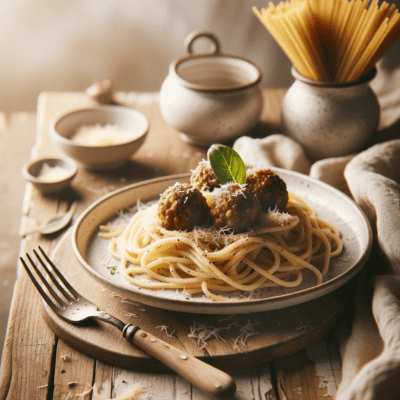


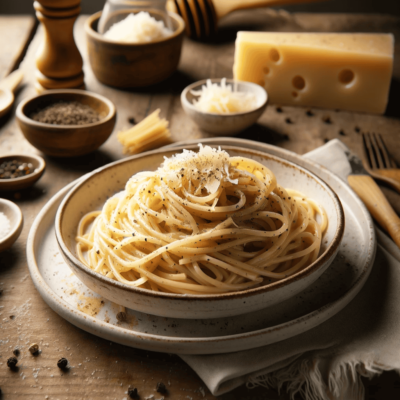
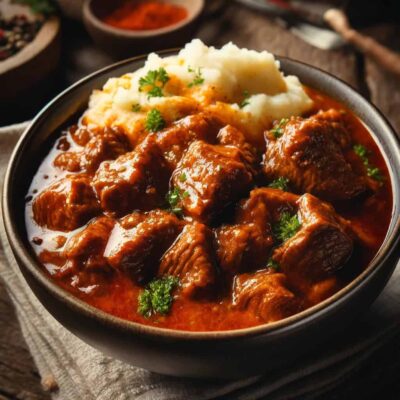


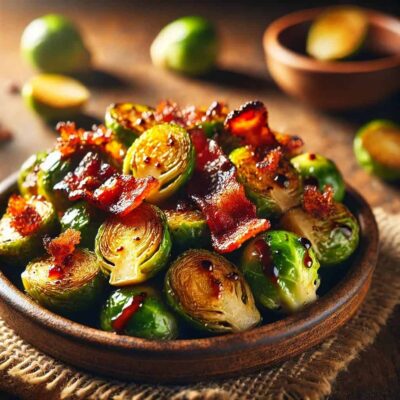
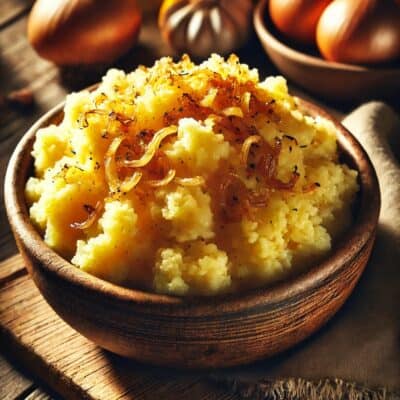


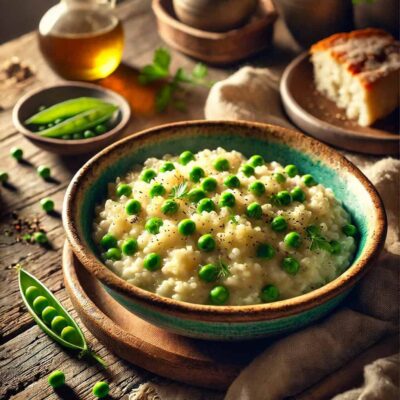

Leave a Reply
You must be logged in to post a comment.